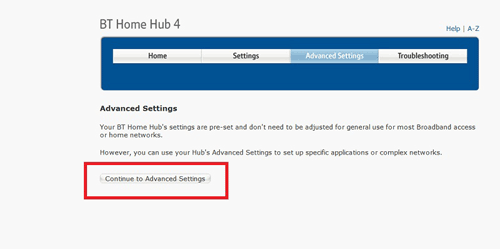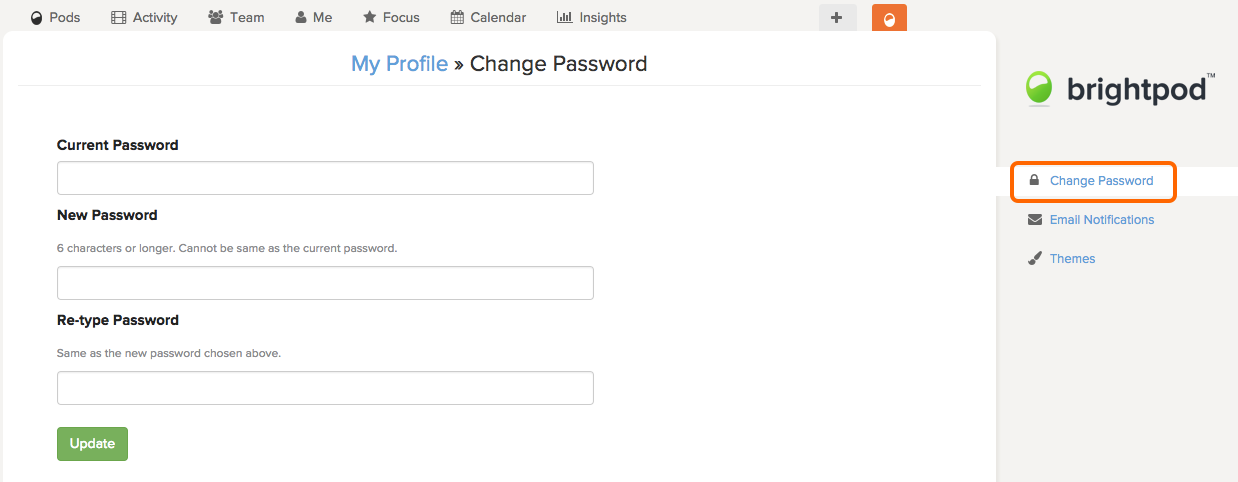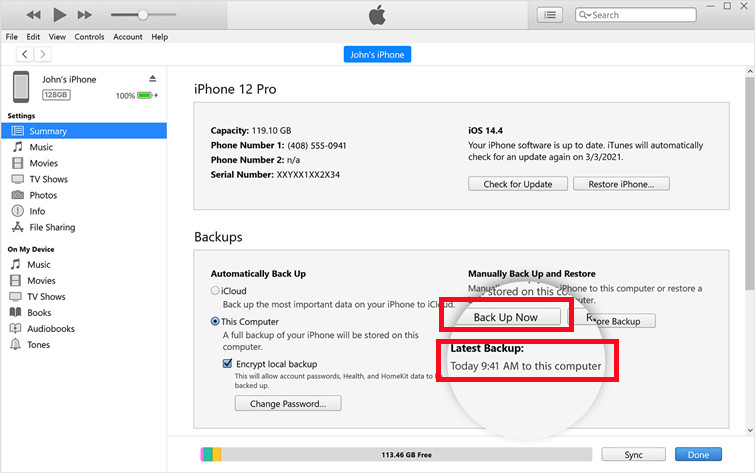

- Quen password file back up iturn how to#
- Quen password file back up iturn archive#
- Quen password file back up iturn Offline#
- Quen password file back up iturn free#
That’s all there is to it! We learned a little about UDID, that Apple doesn’t love Windows iTunes users as much, and by the end all backups were located and noted, deleted, or backed up to an additional location.It's important to back up your iPhone and iPad, and it's just as important to encrypt that backup when you perform this process with iTunes.
Quen password file back up iturn archive#
There you can delete the backup, archive it (which allows you to move it to a different folder or drive), or “Show in Finder” to jump directly to the backup folder. Not only can you see the backups with easy-to-understand names like “John’s iPhone” or “iPad 2 Mini”, you can right click on each backup for additional options: If you launch iTunes, then select Preferences > Devices, you can see your backups in a nice little interface instead of the more cryptic folder view.

OS X Only: Use the iTunes Interfaceįor reasons unknown, there’s an extra menu in the OS X version of iTunes that isn’t in the Windows version.
Quen password file back up iturn free#
By deleting the selected files, we free up around 20GB of space and reduce our iOS backup footprint. In the screenshot above, you can see 4 iOS device backups with the two older backups (note the visible time stamp string stamped on the end). This number is an alphanumeric string based on unique traits of your device and looks something like “9324f8cae1ed7af8f566c0ec19f309h92c31f343”. Every time you make a local iTunes backup, iTunes makes a folder that is labeled with your iOS device’s Universal Device Identifcation number (UDID). Each of these sub-folders is a backup–but it isn’t immediately clear which is which, as the folders have rather cryptic names. On both platforms, you will find sub-folders inside the Backup folder. In OS X, the iTunes backup folder is located at: ~/Library/Application Support/MobileSync/Backup/ In Windows, the iTunes backup folder is located at: C:\Users\\AppData\Roaming\Apple Computer\MobileSync\Backup\ If you’re using a Mac, however, there is a much easier way, detailed at the end of this article–though it helps to know the hard way so you can navigate your way around. Let’s start with the hard way to access these backups, since it works on both Windows and Mac.
Quen password file back up iturn how to#
Let’s look at where to find the backups and how to interact with them. Unfortunately, especially if you’re using iTunes on Windows, the way iTunes stores backups is a bit on the cryptic side. You can copy them to another desktop in order to use them with iTunes on that machine or you can also copy them to a backup server or external drive to secure them in a secondary backup location.
Quen password file back up iturn Offline#
That can eat up a lot of space on a small drive, so deleting them can free up quite a bit.įurther, if you get a new computer, you may want to transfer the backups to a new computer or create an offline backup. This means If you backup three times, then the sum disk space chewed up is A + B + C, not A + the very minor changes between A, B, and C. Many people don’t realize that iTunes backups are complete backups, not incremental. You might be surprised how many old backups from old devices are lying around on your computer. Old backups of your current device you don’t need, old backups of devices you don’t even use anymore, and so on, can chew up quite a bit of disk space.


If you need to purge some old iTunes backups of your iOS devices to free up disk space, transfer the backups to a new computer, or put them in deep storage, you can–as long as you know where to look. The problem is, they take up a lot of space. When you sync your iPhone or iPad with iTunes, it creates a backup on your computer in case you lose your device–or get a new one.


 0 kommentar(er)
0 kommentar(er)
